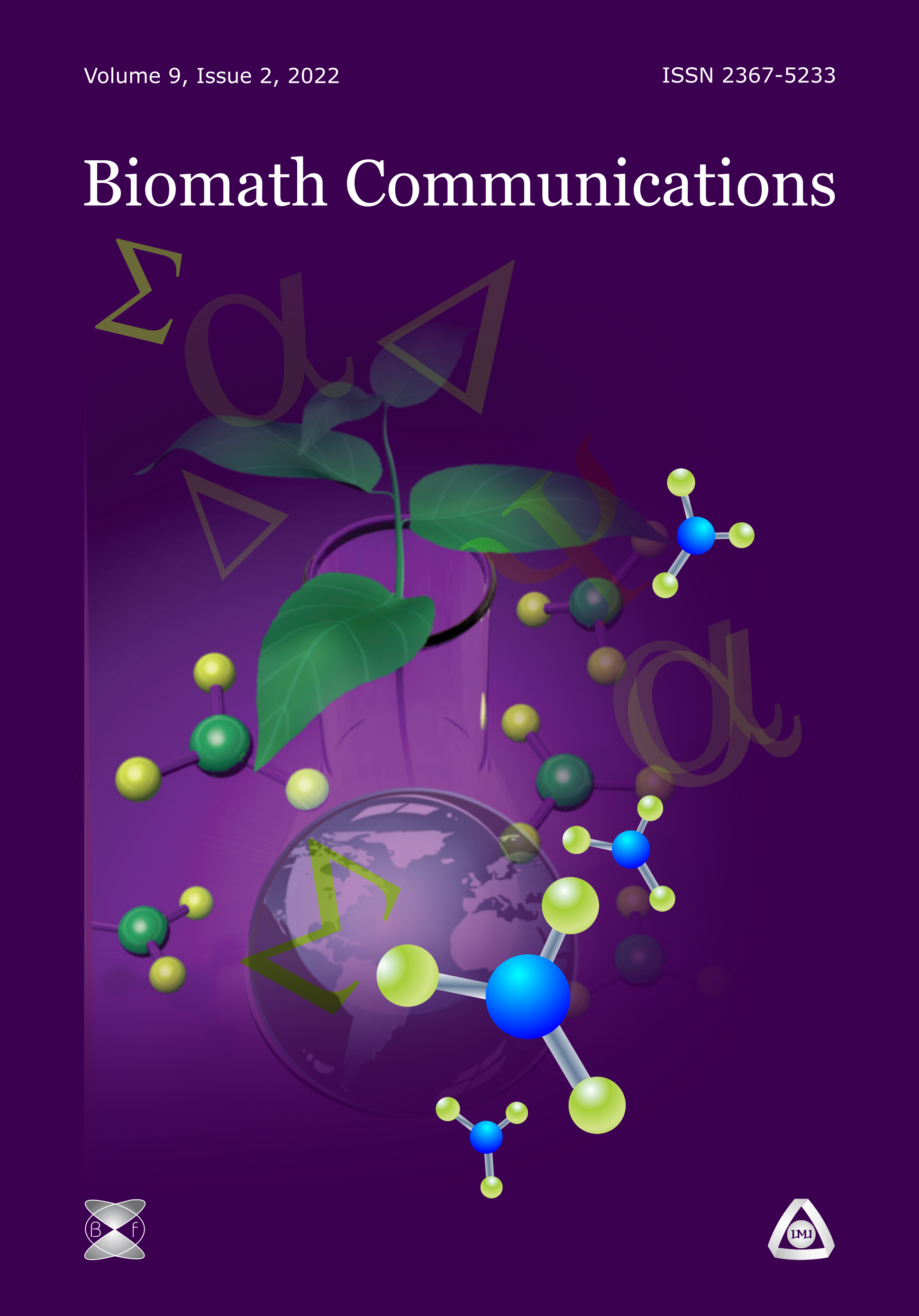Moment Equations for the Evolution of Quantitative Traits in Space
DOI:
https://doi.org/10.11145/132Abstract
The importance of genetic change, and in particular adaptive evolu-tion, during biological invasions is widely acknowledged, yet has to datereceived little attention from theoreticians. Here we present analysis of aset of models for the moments of a quantitative trait (i.e. a continuous ran-dom variable like body size) in a population that disperses in a continuousspatial habitat with a spatially varying trait optimum, building on workof Kirkpatrick and Barton (1997) and others. We focus on (discrete-time)integrodierence models incorporating \heavy-tailed" dispersal, which isknown to strongly inuence the speed of traveling wave solutions, represent-ing invasions, in purely ecological models without a genetic component. Weobtain both traveling wave speeds and, when maladaptation limits the ex-tend of an invasion, properties of the resulting localized (i.e. range-limited)population. These are contrasted with existing results (Kirkpatrick/Barton1997, Barton 2001, Garcia-Ramos/Rodriguez 2002) for partial dierentialequation models representing diusive movement. The results advance un-derstanding of how dispersal patterns interact with genetics and environ-mental conditions to determine the extent of a species' range.
Joint work with A. Castorena.
Downloads
Published
Issue
Section
License
The journal Biomath Communications is an open access journal. All published articles are immeditely available online and the respective DOI link activated. All articles can be access for free and no reader registration of any sort is required. No fees are charged to authors for article submission or processing. Online publications are funded through volunteer work, donations and grants.
Authors who publish with this journal agree to the following terms:
- Authors retain copyright and grant the journal right of first publication with the work simultaneously licensed under a Creative Commons Attribution License 4.0 that allows others to share the work with an acknowledgement of the work's authorship and initial publication in this journal.
- Authors are able to enter into separate, additional contractual arrangements for the non-exclusive distribution of the journal's published version of the work (e.g., post it to an institutional repository or publish it in a book), with an acknowledgement of its initial publication in this journal.
- Authors are permitted and encouraged to post their work online (e.g., in institutional repositories or on their website) prior to and during the submission process, as it can lead to productive exchanges, as well as earlier and greater citation of published work (See The Effect of Open Access).

